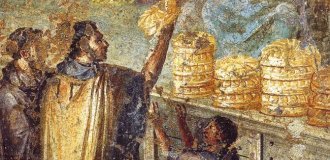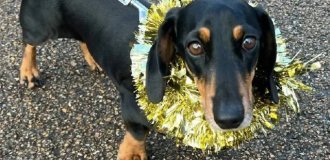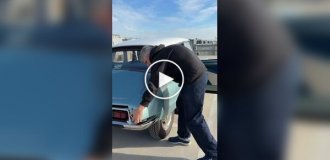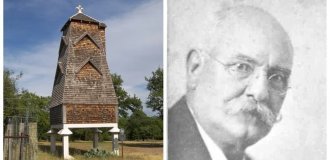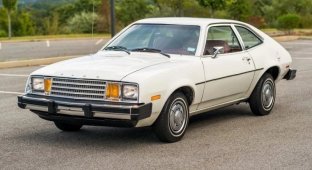Eccentric and daring Kaiser Darrine: a forgotten American athlete (12 photos + 1 video)
The fifties were an interesting and innovative period in history automotive industry, and one of the many reasons, including that it was decade when the fiberglass car was introduced, oh which many of us have heard. 
It is believed that the Chevrolet Corvette was the first American sports car, and this thesis exists for justified reasons. But we must immediately say that the Corvette was not for the Yankees pioneer. 
Some will say Nash was the first American athlete. Healey, introduced in 1951. It combined British bodywork with American mechanics, followed a year later by Woodill Wildfire. It used mechanics developed by Dodge, and a man named Robert Woodill made the first mass-produced case out of plastic, fiberglass reinforced. 
Then came the Corvette in 1953, and then Ford two years later. Thunderbird. Many will say that Ford's two-seater was the first and the Corvette's greatest rival, but such a story doesn't fit reality, and this honor went to the forgotten model Kaiser Darrin. 
In many ways, Darrin was really good, but he was killed by politics within the company. We are talking about the company Kaiser, which today is considered perhaps the largest attempt American company to attack the giants of the so-called "Big Three" (General Motors, Ford and Chrysler). 
It was founded after World War II by a wealthy industrialist Henry Kaiser. He knew he couldn't directly attack "big three", so he mainly focused on the category, ignored by his rivals. 
The work was entrusted to designer Havard Darin, who worked in Kaiser since the forties of the last century. He decided on some really radical things, unheard of for the cars of that time, and among them the rejection of chrome, with the exception of the bumper and frame windshield. The entire body was made of reinforced plastic fiberglass, and it seemed that this was the future among sports cars. The model was named Darrin after the man who developed. 
Although Darrin certainly looked very attractive and even more modern than the Healey, Wildfire and Corvette, its cheaper and outdated mechanics proved to be a key problem. He was brought to drive by a six-cylinder petrol engine in in-line configuration, developing only about 90 hp. 2.6 liters. 
Power was sent to the rear wheels via a three-speed manual transmission, and according to factory data, acceleration from 0 to 100 km/ h took about 15 seconds, and the maximum speed was 155 km/h The media praised the comfort, but in terms of performance and cornering cars lagged behind most rivals. Priced at $3,669 (about $40 000 today) was higher than British competitors but lower than Corvette. 
Kaiser hoped for annual sales of about a thousand units, but in during 1952, buyers found only 435 copies. Besides time the company was already in a difficult financial situation and through went bankrupt for a year. Later, Darrin will find about a hundred cars in bad condition. condition, parked next to the factory, and will buy them with large discounts. Most of them got a supercharger and some were equipped with an eight-cylinder engine from Cadillac. The truth is, it's not clear copies that were returned, or buyers never received them. 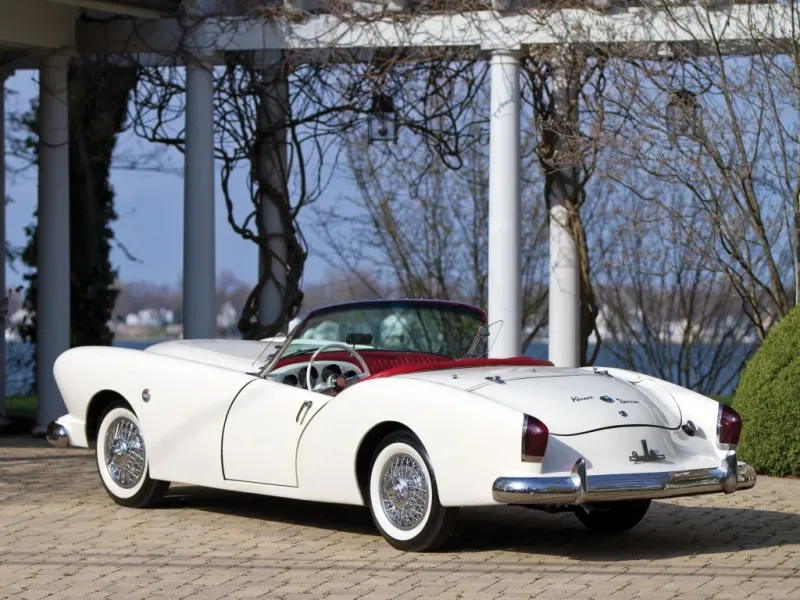
Today, Kaiser Darrin is considered a "loser", but in comparison with competitors, its sales were not bad. Much more expensive Nash Healey attracted about 500 buyers between 1951 and 1954, Allard's annual sales never exceeded 150 vehicles at the time. how Glasspar G2 and Woodill Woodfire were discontinued after several dozen copies. 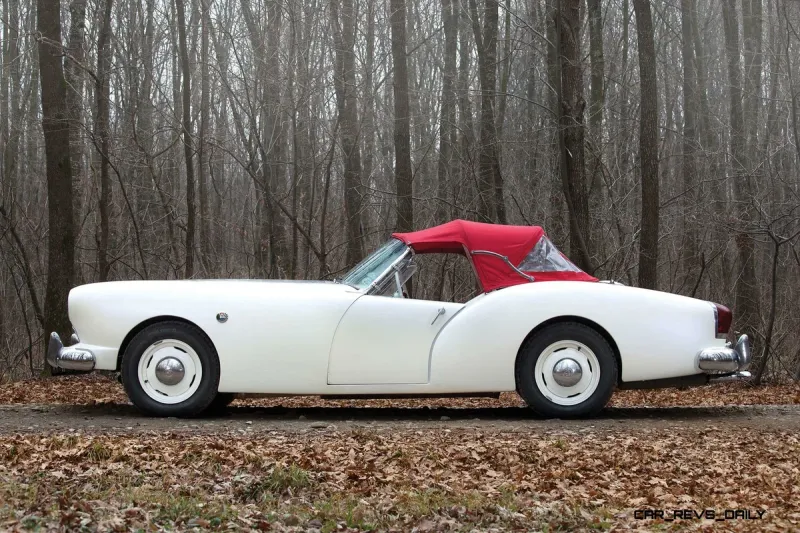
Despite the fact that the Chevrolet Corvette is produced in much more than Darrin, it didn't bring hightheir performance sales, and Corvette will only be successful when Chevrolet installed a V8 engine. 
Looking at the situation as a whole, we can conclude that it's a miracle that Kaiser managed to sell 435 cars especially knowing how bad the company's financial position was in 1954. Even if Kaiser was in a better situation, he would hardly have been an absolute success achieved. But the small number of copies produced makes this the car is very expensive and in demand. It has become a prized classic in early 70s, and today even for copies in poor condition they have cost approximately $100,000.


